Isotonic or Isosmotic Solutions:
We know that different solutions have different vapour pressures. Consequently, their osmotic pressures must also be different. When two such solutions are separated by a semi-permeable membrane, the solvent molecules move from the solution of lower osmotic pressure towards the solution of higher osmotic pressure. This continues till both the solutions attain the same osmotic pressure. At this stage, there is no further osmosis. Such solutions having the same osmotic pressure are called isotonic solutions or isosmotic solutions.
From the equation, π = cRT, it is clear that if two solutions have the same concentration, they must have the same osmotic pressure at the same temperature. Thus, solutions of equimolar concentrations at the same temperature have the same osmotic pressure, i.e., are isotonic.
Hypertonic and Hypotonic Solutions- If a solution has more osmotic pressure than some other solution, it is called hypertonic. On the other hand, a solution having less osmotic pressure than the other solution is called hypotonic. Thus, a hypertonic solution will be more concentrated with respect to other solution and a hypotonic solution will be less concentrated with respect to other solution.
For example, a 5% NaCl solution is hypertonic solution and when red blood cells are placed in this solution, water comes out of the cells and they shrink. On the other hand, when red blood cells are placed in distilled water (hypotonic solution), water flows into the cells and they swell or burst.

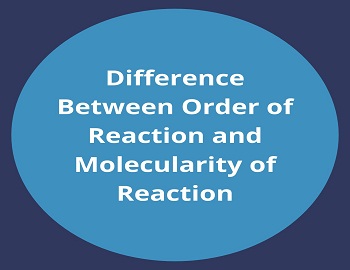
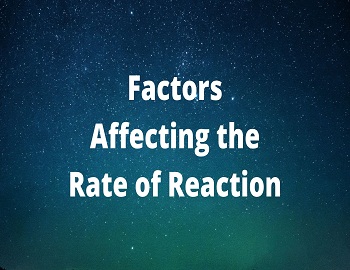

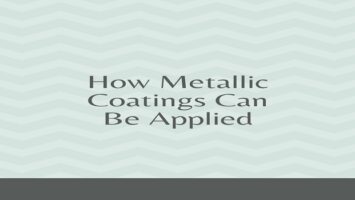
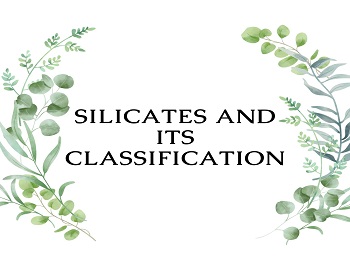


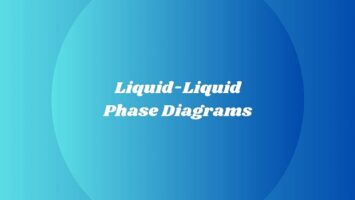
Comments (No)